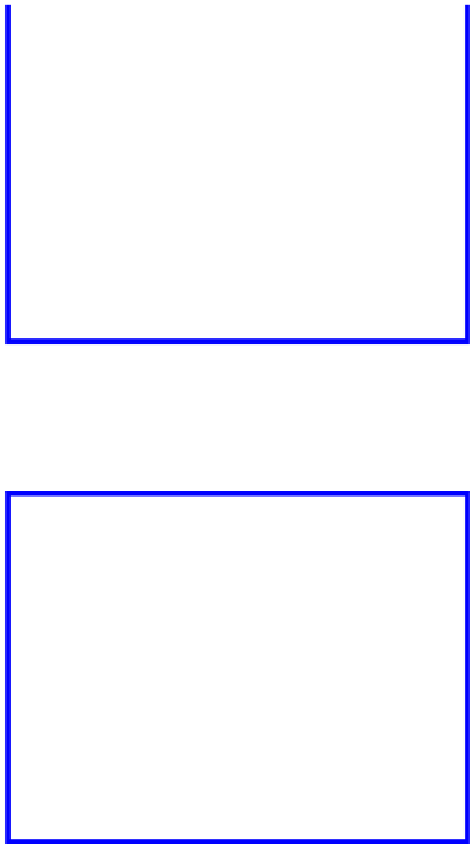Environmental Engineering Reference
In-Depth Information
Thanks to the data being collected from the
points where water was sampled, together with
those obtained from drilling of the three inclined
borings advanced from outside, at this stage of
progress we were already aware that the Fuente
santa spring flowed to the right of the gallery and
it was therefore possible to cancel the excavation of
the left branch.
in Figure 15 it can be seen the yellowish cinder-
type basalt flows forming the base of the cliff. To
the left, the slightly stratified fill material spewed
by san antonio Volcano. The contact between
both formations is a line starting at the lower left
edge of the heading and continuing into the roof,
at the right of the headstone.
To proceed with the right branch, it was necc-
essary to move away 20 meters from the heading
and started excavating at the side wall along an
alignment of 45 degrees with respect to the main
gallery with the idea in mind of turning again an
additional 45° subsequently and sited in a direc-
tion perpendicular to the original alignment, for
the gallery to eventually reach a direction parallel
to the coastline and just above the mean sea level.
The longing of moving farther away, because
from the data of temperature and analysis of the
water we knew that we were close to the spring
emergence, made us forget precautions and this
error was paid immediately: in January 2005
we had a collapse of the heading similar to that
occurred the previous year. it can be observed that
the material ceased to fall when it adopteds a maxi-
mum gradient roughly close to 45°.The grain size
distribution of the stones forming the debris cone
can be also appreciated. (see
Figure 16
).
But in this case, since it happened at the cross-
ing section between the gallery and the branch,
it became larger in volume and more dangerous,
because the junction with the branch was one of
the weakest points of the gallery since it had the
largest clearance. it was necessary again to stabilize
the roof by means of grouting, remove the rock
fall and fill the void left above. Then the junction
was reinforced by placing a frame constituted by
iPn steel shapes; the trusses of the gallery and of
the branch were supported against the upper cross
beam. as a result of all these problems the excava-
tion suffered a delay of about three months.
once the cross section was stabilized work pro-
ceeded in the same 45° direction with respect to
the main alignment; the material was found to be
increasingly less stable due to the proximity to the
old cliff. The ground excavated was the first one to
be pushed by the momentum of the lava flow when
falling down from the summit of the cliff. Because
of this reason it was decided to add sand to the
grout and increase further the pressure. The results
demonstrated the sound judgment of the decision
Figure 15. Moment when the gallery reaches the old
cliff that used to welcome countless sick persons who got
in line to bathe at Fuente santa, and was dug up after
more than three centuries of being buried.
Figure 16.
collapse at the entrance to the branch.
and it was therefore possible to excavate the next
ten meters before reaching again the old cliff.
The excavation rate was desperately slow; place-
ment of each truss took more than a week provided
no problem would develop. at that stage the cross
section was again rotated 45° and the direction
sought for was reached, parallel to the sea shore,
to be followed until intersecting the flow of water
of the Fuente santa. samplings were made at the
soleplate as excavation progressed to measure the
water temperature and to recover samples of water
that were subsequently tested at the laboratory.
This is how it could be realized that success had
been achieved because the temperature progres-
sively increased at the same rate as well as the con-
tent of bicarbonates and of co
2
.
Ten meters beyond the last break the head-
ing of the gallery, with the soleplate at the boul-
der beach, encountered a thick dyke that covered
















